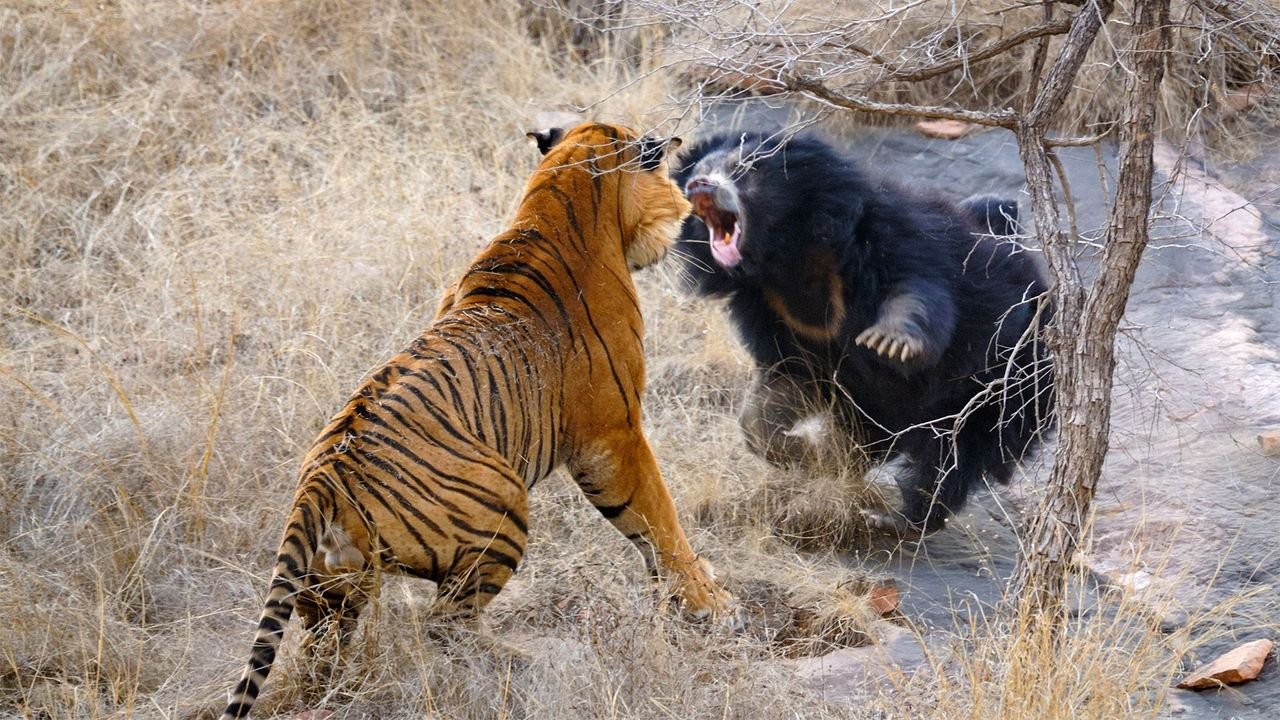Face-Clawing Sloth Bear: A Predator Unlike Any Other
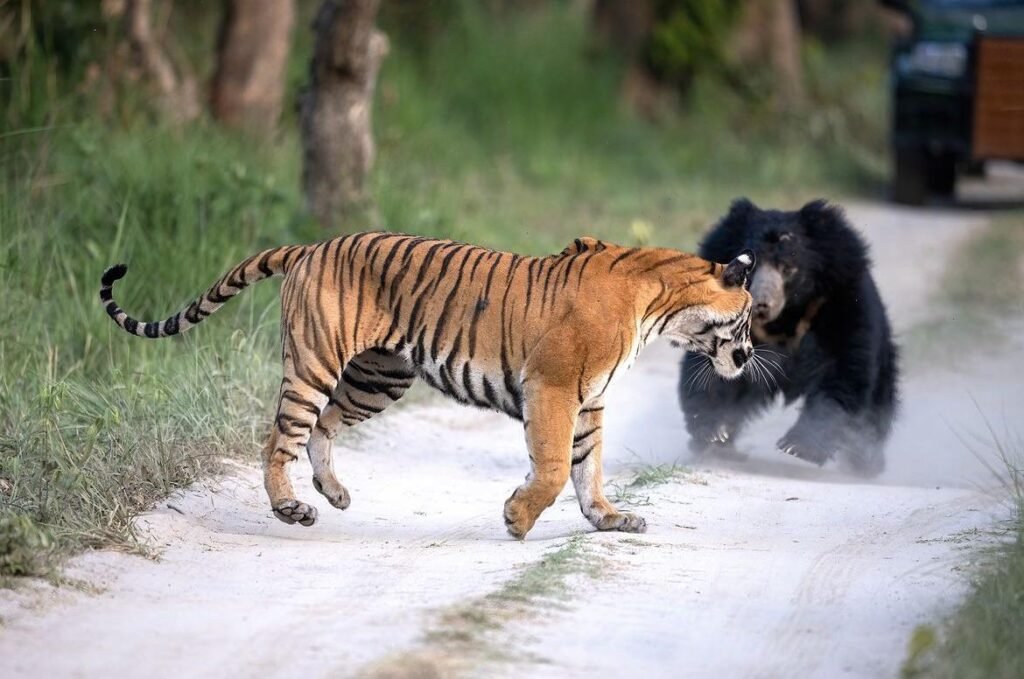
In India’s dense forests, one unlikely creature commands fear from even the mighty tiger — the face-clawing sloth bear. Despite its preference for termites and fruit, this bear has become infamous for its fierce, explosive defenses. As their habitat shrinks, these powerful animals increasingly cross paths with humans, often with deadly consequences. But innovative coexistence strategies are beginning to change the narrative.
When the Face-Clawing Sloth Bear Battles Tigers
One of the most dramatic demonstrations of the sloth bear’s strength occurred when a female sloth bear with her cub was stalked by a male tiger. Instead of fleeing, she turned to fight, leading to a brutal 45-minute encounter. The tiger eventually backed off, exhausted. This event captured the raw power of a bear once dismissed as a passive forager.
Why the Sloth Bear’s Explosive Defense Terrifies Even Tigers
Evolution of the Face-Clawing Strategy
Sloth bears, found only in the Indian subcontinent, have evolved an unusually aggressive defense mechanism. Unlike other bear species that rely on size or retreat, the sloth bear charges threats head-on, swatting with long, curved claws that can tear flesh and bone. This strategy has likely helped it survive in tiger territory for thousands of years.
Feeding Habits Don’t Match the Ferocity
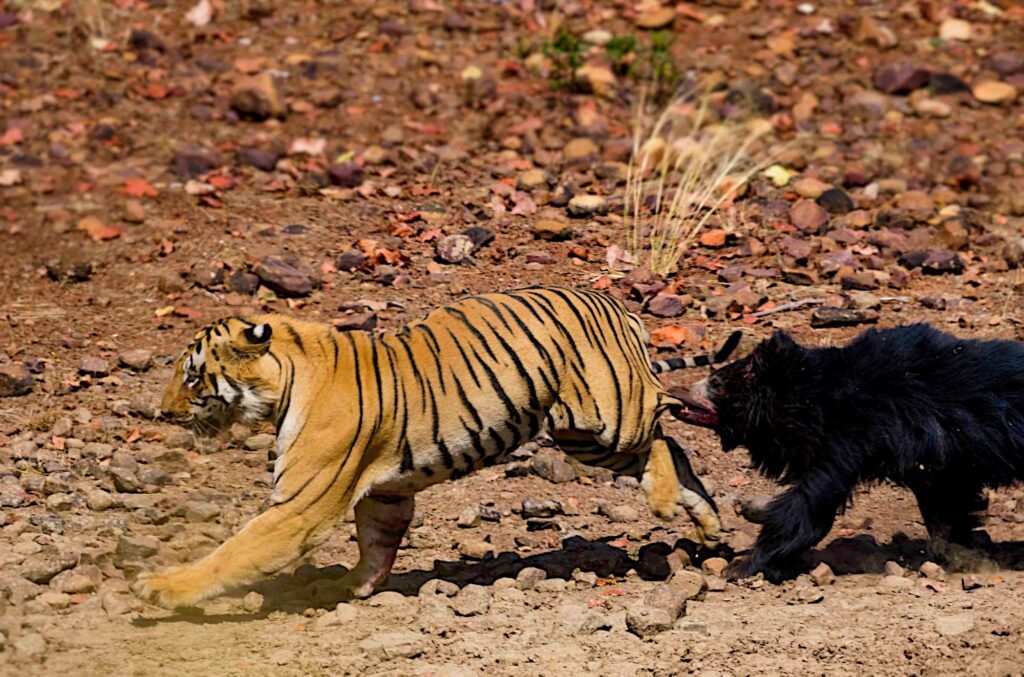
Despite their deadly reputation, sloth bears feed primarily on ants, termites, and seasonal fruits. Their aggression isn’t predatory — it’s purely defensive, designed to intimidate or neutralize threats rapidly.
Human-Wildlife Conflict: Why Animal Attacks Are Increasing
Face-Clawing Sloth Bear vs. Human Vulnerability
Unlike tigers or leopards, which prefer to avoid humans, sloth bears often strike before they’re even seen. Many victims report attacks that occurred without warning, with the bears launching themselves at the human face — the body’s most vulnerable area.
Human-Wildlife Conflict: Habitat Loss and Morning Confrontations
In tribal regions of central India, such as Gujarat and Odisha, sloth bears share their habitat with forest dwellers. Many conflicts occur early in the morning, when villagers gather mahua flowers, a staple for local alcohol. Unfortunately, this is also when sloth bears forage, increasing the chances of encounters.
The Face-Clawing Sloth Bear: A Misunderstood Species
Are Sloth Bears Naturally Aggressive?
Wildlife biologists argue that the sloth bear is not inherently violent. According to experts, the face-clawing attack style is a reaction to surprise or perceived danger, especially when mothers are protecting cubs. Standing upright, they aim to appear larger — and when they strike, it’s often the human face that suffers.
Survivor Stories Reveal the Trauma
The results can be devastating. Survivors often suffer life-altering injuries, including loss of eyesight or disfigurement. Yet researchers emphasize that most of these incidents are preventable with better awareness and environmental adaptation.
Solutions That Save Lives — Human and Bear Alike
Innovations in Coexistence
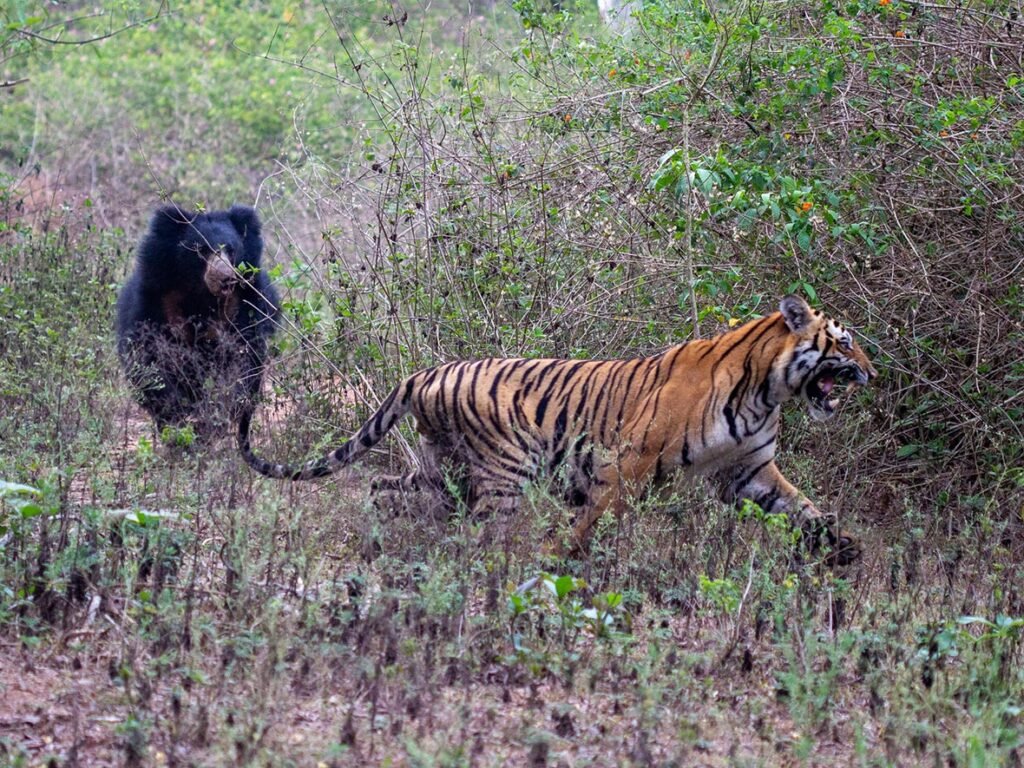
To reduce conflict, researchers have developed anti-sloth-bear sticks, known as “ghanti kathi.” These wooden tools have bells to alert wildlife of human presence and blunt spikes for self-defense in worst-case scenarios. Over 500 have been distributed to vulnerable communities.
Education and Habitat Management
Other methods include clearing dense vegetation near paths, encouraging group travel, and building toilets closer to homes — so fewer people need to venture into bear territory. Education efforts also emphasize making noise in the forest to avoid startling bears.
Why Saving the Sloth Bear Matters
Ecosystem Engineers of the Forest
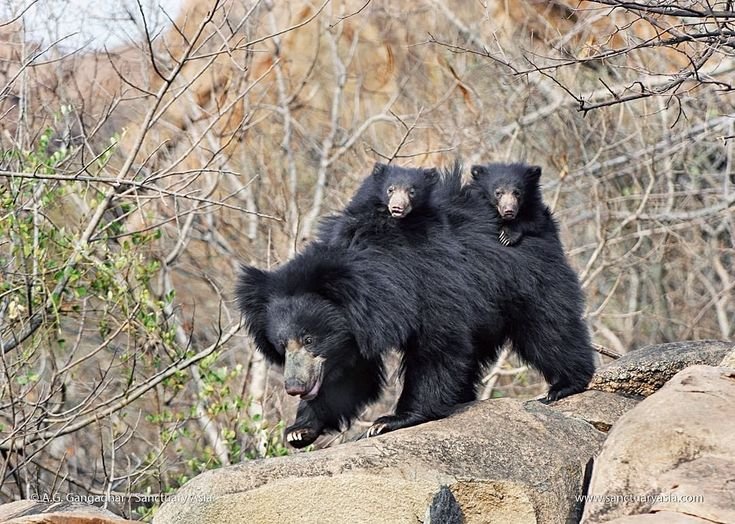
Beyond their fearsome reputation, sloth bears play a critical ecological role. They disperse fruit seeds, control insect populations, and help aerate the soil, making them vital for forest health.
Conservation Through Understanding
Changing public opinion is key. In areas where forest staff are trained about sloth bears, perceptions are improving. Locals are beginning to see the species not just as a threat, but as a valuable part of the forest ecosystem.
Learning to Live with the Bear That Fights Back
The face-clawing sloth bear may be one of the most misunderstood animals on Earth. While its defenses are brutal, they are a product of ancient survival instincts. As India continues to urbanize and forests shrink, human-sloth bear conflict will likely rise. But with education, innovation, and compassion, it’s possible for both people and sloth bears to thrive — side by side.
